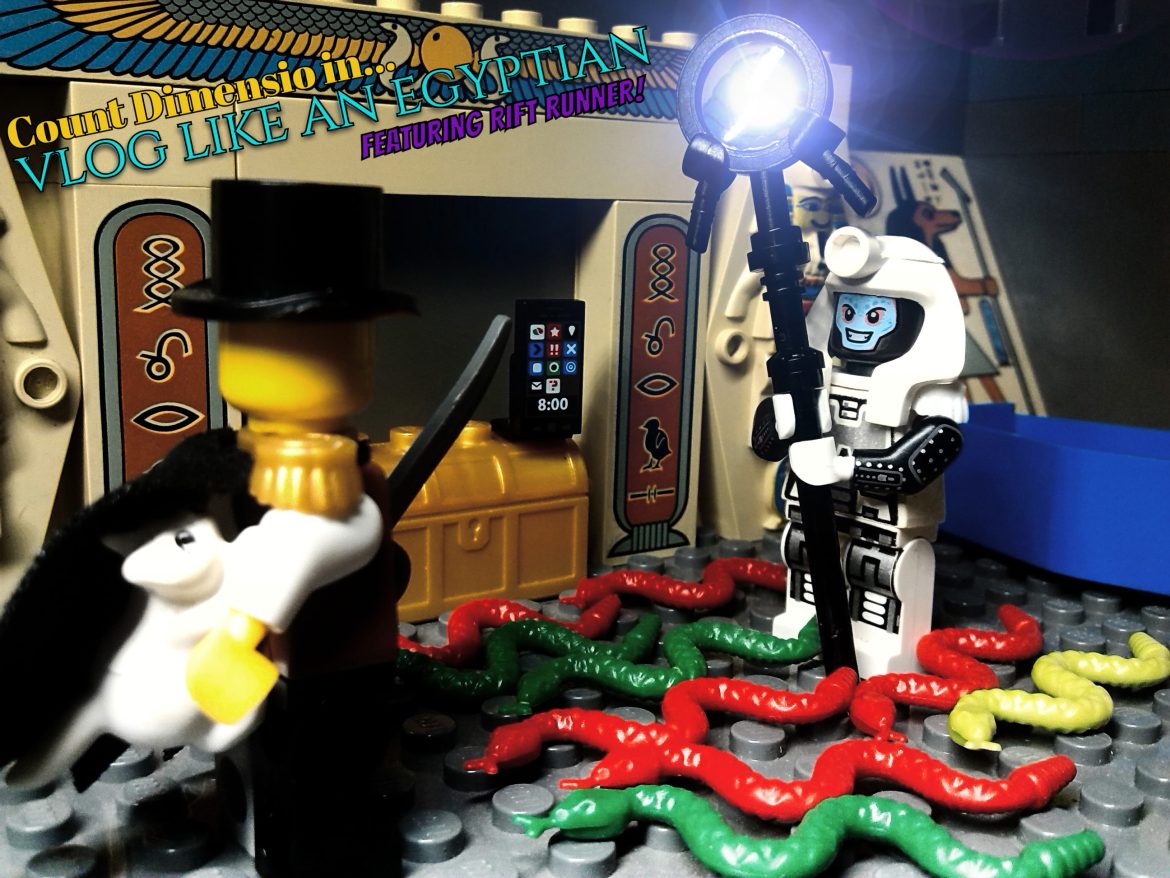Cats are mysterious creatures, often leaving their owners guessing about their thoughts and feelings. But what if we told you that your feline friend is communicating with you all the time? Through their body language, cats convey a wide range of emotions and intentions, from affection to aggression. Decoding these gestures can help you understand your cat better and strengthen your bond with them. In this article, we’ll explore some common feline gestures and what they mean, so you can become a master of your cat’s body language.
1. “Cracking the Code: Understanding Your Cat’s Body Language”
Understanding your cat’s body language is essential for building a strong bond with your feline friend. Cats communicate through their body language, and it’s important to pay attention to their movements, postures, and facial expressions. Here are some key things to look out for:
- Tail position: A cat’s tail can tell you a lot about their mood. If their tail is straight up, they’re feeling confident and happy. If it’s tucked between their legs, they’re scared or anxious. A twitching tail can indicate excitement or irritation.
- Ear position: A cat’s ears can also give you clues about their mood. If their ears are forward, they’re alert and interested. If they’re flattened against their head, they’re scared or angry.
- Purring: Contrary to popular belief, cats don’t only purr when they’re happy. They also purr when they’re in pain, scared, or anxious. Pay attention to your cat’s body language to determine why they’re purring.
It’s important to remember that every cat is different, and they may have their own unique body language cues. Spend time observing your cat and learning their individual signals. With time and patience, you’ll be able to understand your cat’s body language and communicate with them more effectively.
2. “The Secret Language of Cats: Deciphering Feline Gestures”
Cats are mysterious creatures, and their body language can be difficult to interpret. However, by paying attention to their gestures, we can learn a lot about what they’re feeling and thinking. Here are some common feline gestures and what they might mean:
– Tail position: A cat’s tail can tell us a lot about their mood. If their tail is straight up in the air, they’re feeling confident and happy. If it’s tucked between their legs, they’re scared or anxious. If it’s twitching, they’re likely agitated or annoyed.
– Ear position: A cat’s ears can also give us clues about their emotions. If their ears are forward and alert, they’re curious or interested. If they’re flattened back against their head, they’re feeling defensive or aggressive. If one ear is forward and one is back, they’re likely feeling conflicted.
– Purring: While we often associate purring with contentment, cats can also purr when they’re in pain or feeling anxious. Pay attention to other body language cues to determine what your cat is trying to communicate.
By learning to decipher your cat’s body language, you can better understand their needs and emotions. Remember to pay attention to the context of their gestures and combine them with vocalizations and other cues to get a complete picture of what they’re trying to tell you.
3. “Mastering the Art of Feline Communication: Reading Your Cat’s Body Language
Understanding your cat’s body language is essential for building a strong bond with your feline friend. Cats communicate through various physical cues, and it’s up to us to decipher what they’re trying to say. Here are some tips to help you master the art of feline communication:
– Pay attention to your cat’s tail: A cat’s tail is a great indicator of their mood. If their tail is upright and puffed out, they’re feeling threatened or aggressive. If it’s relaxed and curved, they’re feeling content and happy. If it’s twitching, they’re likely feeling irritated or anxious.
– Look at their eyes: A cat’s eyes can tell you a lot about their emotions. If their pupils are dilated, they’re feeling scared or excited. If they’re half-closed, they’re feeling relaxed and content. If they’re staring directly at you, they’re likely feeling threatened or aggressive.
By paying attention to your cat’s body language, you can better understand their needs and emotions. This will help you build a stronger bond with your feline friend and ensure that they feel safe and loved in your home. In conclusion, understanding your cat’s body language is an essential part of building a strong bond with your feline friend. By decoding their gestures, you can better communicate with them and provide them with the care they need. Remember to pay attention to their tail, ears, eyes, and overall posture to get a better understanding of their mood and needs. With patience and practice, you’ll soon become a master at reading your cat’s body language and be able to provide them with the love and attention they deserve.

